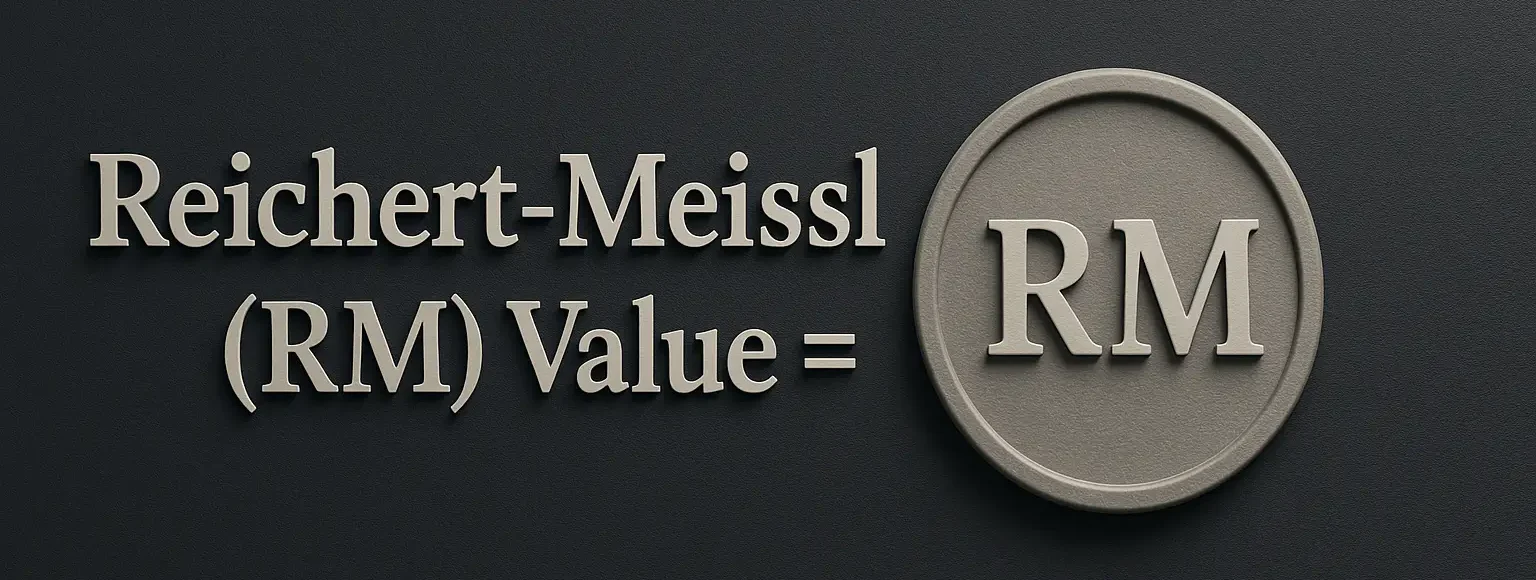-
Definition of Reichert-Meissl (RM) Value:
- The Reichert-Meissl (RM) value is the number of milliliters of 0.1 N potassium hydroxide (KOH) required to neutralize the volatile water-soluble fatty acids distilled from 5 grams of fat or oil.
-
Significance:
- Indicates the amount of short-chain fatty acids (especially butyric, caproic acids) in the fat, which are typical in butterfat and certain dairy fats.
- Used to differentiate between different types of fats, especially butter from margarine or other fats.
-
Principle:
- The fat or oil is saponified, and the volatile fatty acids are distilled and collected in a known amount of standard KOH solution.
- The excess KOH is then titrated with a standard acid solution, and the RM value is calculated based on the titration results.
-
Equation:
- $\text{Reichert-Meissl (RM) Value} = \frac{\text{Volume of KOH (mL)} \times \text{Normality of KOH}}{5}$
Click Here to Watch the Best Pharma Videos

